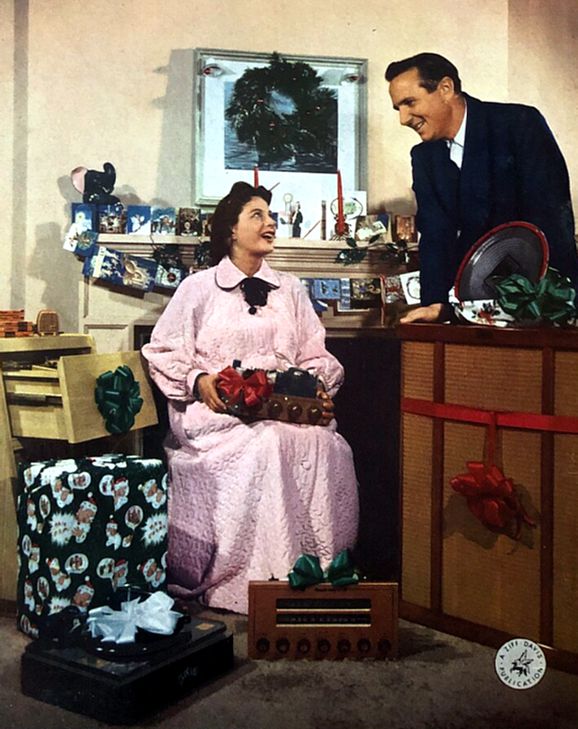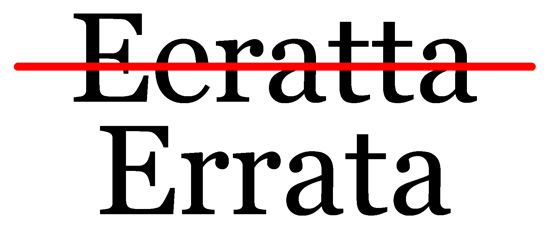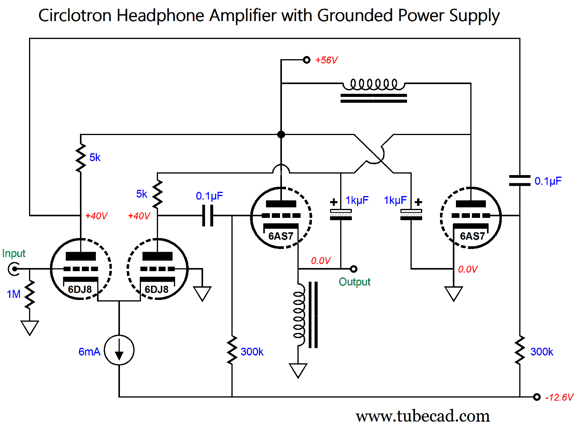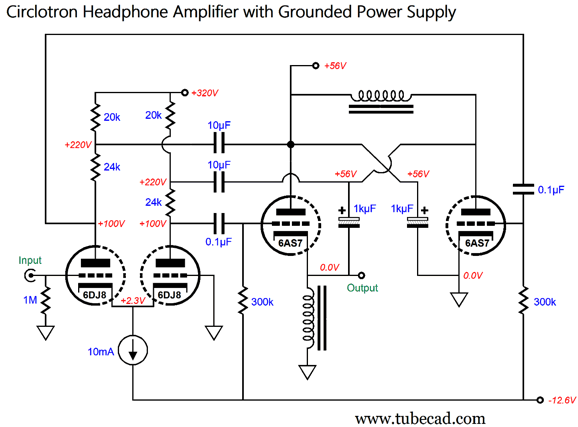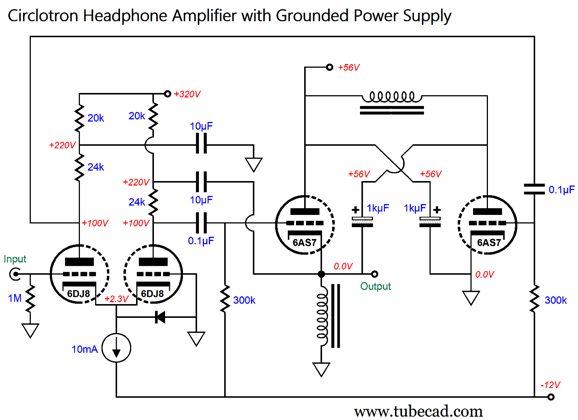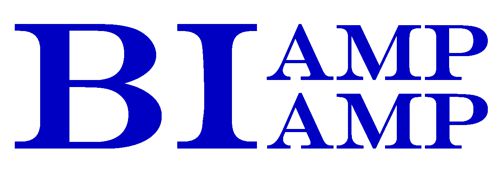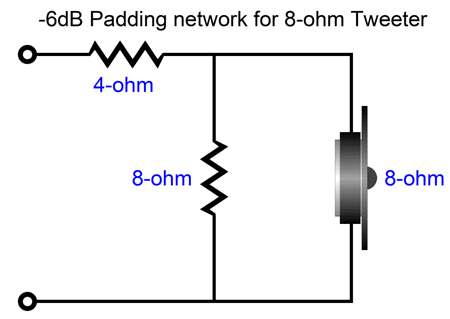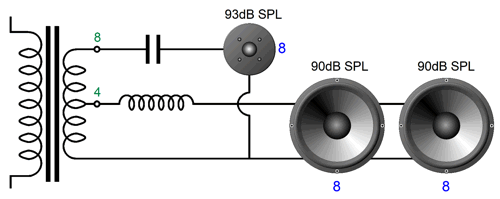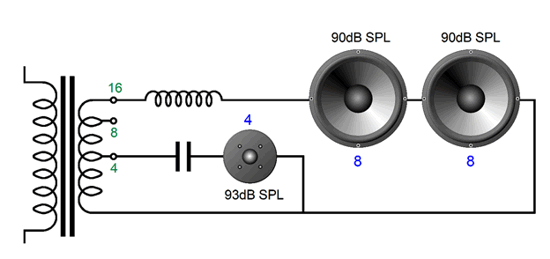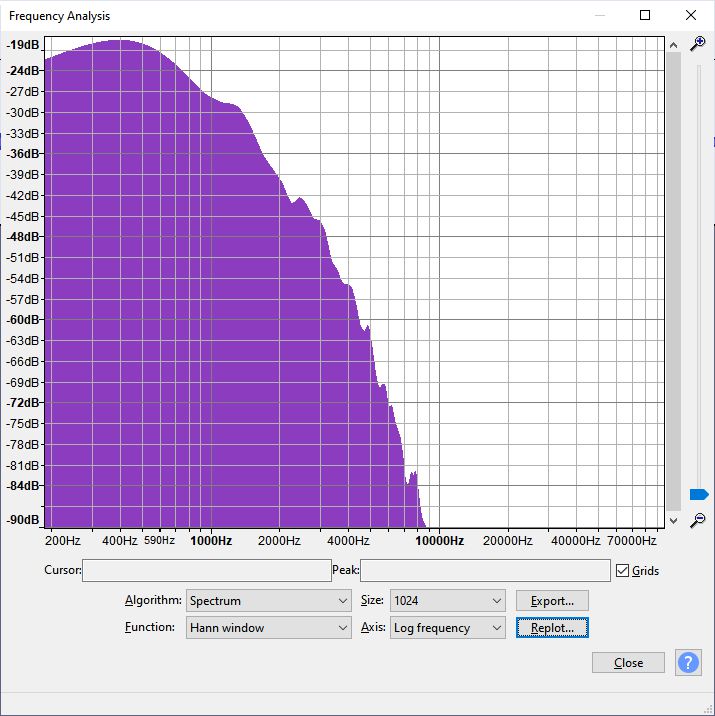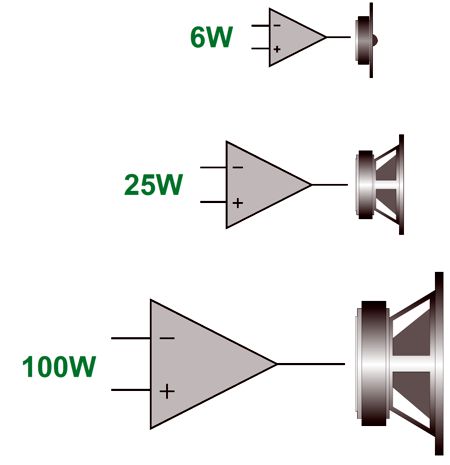| John Broskie's Guide to Tube Circuit Analysis & Design |
26 December 2022 Post Number 573 Happy Boxing Day!
No doubt your own wife expressed similar joy at her having received a new tube power amplifier from you. Besides the audio goodies, my eye is taken with the table/desk at her left. Any departure from the strict rectangularity of hard horizontal and vertical lines pleases my soul greatly. If you do not live in Australia, Bermuda, Canada, Hong Kong, Ireland, New Zealand, Nigeria, Scotland, Singapore, South Africa, Tobago, Trinidad, or the UK, you probably have never heard of Boxing Day. A pity this, as it is a lovely holiday.
Post 572 Update Sadly, I spot schematic typos all the time in old electronic magazines, journals, patents, and textbooks. How do they occur? Sometimes the circuits are so complex that few would not lose their way. My guess is that some sad draftsman (or graphic artist) was handed a hastily drawn schematic on the back of a paper napkin and told to render it presentable. The reason I usually hiccup is that I have drawn so many schematics that I have become, like an old gunslinger, overly confident. In addition, cutting a pasting makes drawing schematics far easier, but it also increases the chance that something went wrong. Here are the three corrected schematics from post 572.
I had used a center-tapped inductor the first time in place of the top inductor, which simply would not work.
Ditto.
Once again, ditto.
In Praise of Bi-ampping Over the decades, I have built up bi-amped and tri-amped loudspeaker systems. The tri-amped system held clipping indicator LEDs that flashed when an amplifier clipped. All the amplifiers were identical 25W solid-state power amplifiers. What I discovered was the woofer amplifiers clipped all the time; the midrange amplifier, occasionally; the tweeter amplifiers, never. The tweeter amplifier enjoyed the additional advantage that the tweeters were far more efficient than the midranges or woofers, delivering about 6dB more SPL per watt. Effectively, the tweeters were being powered by a 100W amplifier, as they required half the peak voltage swing that the woofers and midranges needed for the same loud playback. Had I used a single power amplifier per channel, the tweeter would need a -6dB padding network to bring down their output to same level as the other drivers.
With this padding network in place, the tweeter sees only half of the voltage swing leaving the power amplifier, resulting in just one quarter of the potential output power being delivered. Thus, the 8-ohm power resistor will dissipate just as much heat as the tweeter, while the 4-ohm resistor must dissipate twice as much wattage as the tweeter. Making these resistors hot contributes nothing to the sound leaving the tweeter. They are a necessary but wasteful addition to the loudspeaker. In a bi-amped system, they would never be included, as a simple two-resistor voltage divider would be placed in front of the tweeter's amplifier, which would halve the input signal delivered to the amplifier, thereby producing the -6dB reduction needed. With a tube-based single-ended power amplifier, we cannot afford to throw away any power, as we have so little to start with, say 6W to 12W. In post 394, I showed how we could use bi-wiring to exploit further the multiple output-impedance taps on an output transformer's secondary. Here is an example arrangement from that post.
This setup allows to forgo using a padding network on the tweeter and to build a D'Appolito loudspeaker that the single-ended power amplifier sees as an 8-ohm load, in spite of the two woofer in parallel creating a 4-ohm resistance. Another approach would be to use a "hot" 4-ohm tweeter and two 8-ohm woofers with an output transformer that offered a 16-ohm and 4-ohm output taps.
The tweeter sees half the voltage swing that the two woofers see in series, as the 4-ohm output tap deliver 50% of the AC voltage that the 16-ohm tap puts out. Since the two woofers double the radiating surface, the net SPL for 1W doubles to 96dB. The tweeter seems to lag in SPL, but we must remember how 4-ohm driver SPL can mean two different ways of measuring. For example, they are often measured with the same 2.28Vrms signal that an 8-ohm driver is measured. This arrangement would deliver a spec of 96dB, as the tweeter is actually being driven by 2W, not 1W. The correct measurement is made with 2Vrms, which yields the 93dB SPL spec. We assume the tweeter was tested correctly, so 93dB holds for 2Vrms. But in this loudspeaker arrangement, each driver gets 50% of the entire secondary output voltage swing, so the 4-ohm tweeter would effectively get the 2.828Vrms test voltage as would the woofers, so its SPL will be 3dB higher, bring us to 96dB for 2.828Vrms. In other words, the tweeter and woofers would match, making for a 96dB at 1W loudspeaker, perfect for a wee single-ended power amplifier. (I happen to prefer 4-ohm tweeters, as they hold the same magnet structure and diaphragm as the 8-ohm version, but half the length of the voicecoil wire. Less mass makes for better highs.
If I were to build a tri-amped loudspeaker system today, I would give the woofer a 100W amplifier; the midrange, a 25W amplifier; and the tweeter, a 6W amplifier. In other words, the progressive declining power outputs would map onto the graph's falling plotline with increased frequency above about 500Hz. I would love to experiment with using a lean class-B or class-D amplifier for the woofer, a class-A push-pull amplifier for the midrange, and a single-ended class-A amplifier for the tweeter.
Ideally, single-ended amplifiers would be used throughout, but harsh reality and limited funds make this amplifier-type blend something closer to reasonable.
Music Recommendation: In the Bleak Midwinter: In the strongest contrast, the Choir of King's College has delivered as perfect a Christmas album as I can imagine, lovely, tasteful, and respectful. (Audiophiles will delight in the deep bass from the organ and the great hall ambience; a stellar recording, in other words.)
Qobuz beats Amazon this time, as they offer the recording in glorious 24-bit, 192kHz high-res format. //JRB
Did you enjoy my post? Do you want to see me make it to post 1,000? If so, think about supporting me at Patreon.
User Guides for GlassWare Software
For those of you who still have old computers running Windows XP (32-bit) or any other Windows 32-bit OS, I have setup the download availability of my old old standards: Tube CAD, SE Amp CAD, and Audio Gadgets. The downloads are at the GlassWare-Yahoo store and the price is only $9.95 for each program. http://glass-ware.stores.yahoo.net/adsoffromgla.html So many have asked that I had to do it. WARNING: THESE THREE PROGRAMS WILL NOT RUN UNDER VISTA 64-Bit or WINDOWS 7, 8, and 10 if the OS is not 32-bit or if it is a 64-bit OS. I do plan on remaking all of these programs into 64-bit versions, but it will be a huge ordeal, as programming requires vast chunks of noise-free time, something very rare with children running about. Ideally, I would love to come out with versions that run on iPads and Android-OS tablets.
|
I know that some readers wish to avoid Patreon, so here is a PayPal button instead. Thanks.
John Broskie
John Gives
Special Thanks to the Special 79 To all my patrons, all 79 of them, thank you all again. I want to especially thank
All of your support makes a big difference. I would love to arrive at the point where creating my posts was my top priority of the day, not something that I have to steal time from other obligations to do. The more support I get, the higher up these posts move up in deserving attention. If you have been reading my posts, you know that my lifetime goal is reaching post number one thousand. I have 430 more to go. My second goal was to gather 1,000 patrons. Well, that no longer seems possible to me, so I will shoot for a mighty 100 instead. Thus, I have just 21 patrons to go. Help me get there. Thanks.
Only $12.95 TCJ My-Stock DB
Version 2 Improvements *User definable Download for www.glass-ware.com
|
|||
| www.tubecad.com Copyright © 1999-2022 GlassWare All Rights Reserved |
